‘A landscape of atrocities’: what is the evidence of Russian crimes in Ukraine?
Officials say they have retrieved more than 1,200 bodies from the region surrounding Kyiv
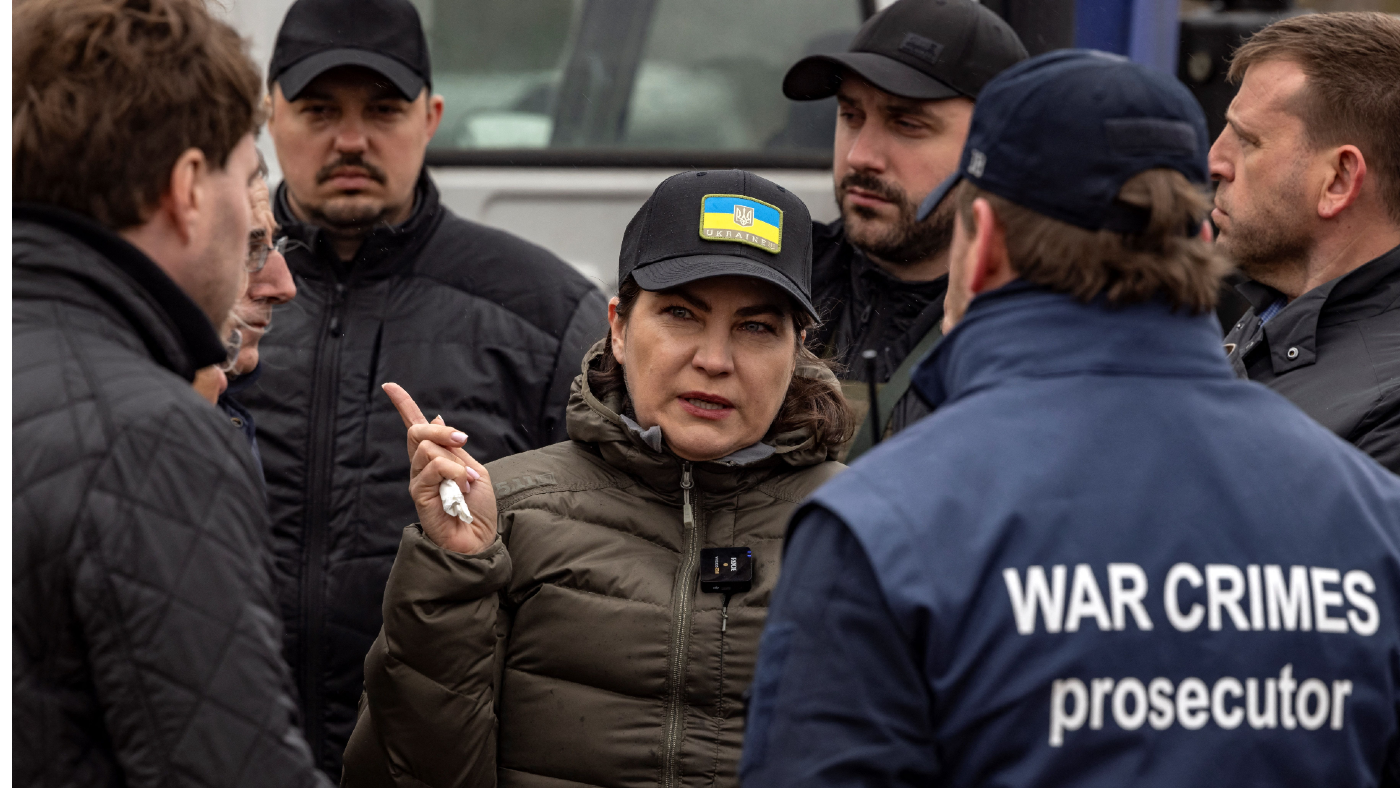
In a “bone-cold morgue in eastern Ukraine”, a little girl lay on a metal gurney, “her face turned to her side, eyes closed, her blonde hair tied back in a ponytail”, said Louise Callaghan in The Times. She was dressed in a shiny blue coat, and the laces were still neatly tied on her white trainers. She was 12, and had been killed nine hours earlier when a Russian missile suspected of carrying cluster munitions tore through a crowd of well over a thousand civilians at Kramatorsk railway station.
Mostly older people, women and children, they had flocked to the station in response to official calls to evacuate the Donbas region ahead of an expected Russian advance. They had hoped to board a train to safety; “instead, they were slaughtered where they stood, bags in hand, tickets at the ready”.
Fifty seven people were killed, according to local officials, many others were severely injured. Photographs of the immediate aftermath showed harrowing scenes: lying on a green bench, the body of a small boy whose head had been blown off; by the station entrance, part of a woman’s manicured hand; and everywhere, the scattered belongings of people who had packed up quickly, in a desperate effort to avoid the horrors inflicted on civilians elsewhere in Ukraine.
The Week
Escape your echo chamber. Get the facts behind the news, plus analysis from multiple perspectives.

Sign up for The Week's Free Newsletters
From our morning news briefing to a weekly Good News Newsletter, get the best of The Week delivered directly to your inbox.
From our morning news briefing to a weekly Good News Newsletter, get the best of The Week delivered directly to your inbox.
Within minutes of this latest atrocity, the Kremlin propaganda machine had sprung into action, said the FT: the railway station, Russian officials claimed, was being used as an armaments store. When the scale of civilian casualties emerged, they changed tack, and claimed that the Ukrainians had bombed their own people.
Ukraine’s President Zelenskyy insisted that Russian “monsters” were behind the carnage, and that it was deliberate. They had sought to kill as many people as possible, to “sow fear and panic”, said the local governor. “The enemy knew that this is a city, that this is a crowd of people, that this is a railway station.”
As Ukraine’s “liberators” started to retreat from Kyiv last week, they left behind them “a landscape of atrocities”, said The Economist. Ukrainian officials say they have retrieved more than 1,200 bodies from the region surrounding Kyiv.
Horrors in Bucha
In Bucha, many had their hands or feet tied, and most had bullet wounds. The Economist was able to verify reports of an apparent summary execution: its journalists saw nine bodies outside a builder’s yard that had been used as a Russian base; all of the victims had been shot in the head or chest, and at least two had their hands bound.
A free daily email with the biggest news stories of the day – and the best features from TheWeek.com
The images of decaying bodies strewn on the roads in Bucha shocked the world last week, said Shaun Walker in The Guardian; but “those war crimes are far from an anomaly”. In the reclaimed village of Staryi Bykiv, accounts given by residents “paint a picture of a thieving, violent and demoralised invasion force that was confused about whether it was supposed to be liberating Ukrainians or destroying them”.
One couple, Tamara and Petro Lysenko, both in their 60s, gave a tour of their house. Russian soldiers had lived in it for weeks, while they cowered in a nearby cellar. The Russians ate all their food, killed their livestock, stole their washing machine, their computer and all Petro’s clothes, smashed up the family cars, and daubed Z symbols on their kitchen door. “It feels like it wasn’t my house they destroyed but my heart,” said Tamara. “Yet by the standards of the past month,” the Lysenkos had been lucky. Some of their neighbours were seized at gunpoint, beaten and killed.
“Murder, torture and the rape of civilian adults and children seems to have been widespread,” said Ruth Deyermond in Prospect. There is also evidence of looting on a vast scale. Beyond these crimes against individuals, there is a sense that Ukrainian society itself is a target, with the destroying of housing, roads, schools, hospitals and cultural monuments.
War crimes investigation
Following referrals by several countries, the International Criminal Court has opened a war crimes investigation, said Fraser Nelson in The Spectator. The chances of Russian war criminals being brought to justice are slim, however. Russia (like the US) is not a member of the ICC, and Moscow is not likely to surrender its own people. The UN-run International Court of Justice can rule against countries, “but any ruling has to be enforced by the UN Security Council”, and as a permanent member, Russia could veto it.
Nevertheless, atrocities committed in Ukraine must be investigated (including those allegedly committed by Ukrainian troops), said The New York Times. It will be expensive and time consuming, but the process keeps alive the possibility “that someone might some day be held accountable”, which may in itself act as a deterrent to future atrocities; added to that, we need to create a verified record of the crimes committed in Ukraine, for the sake of their victims, and to fight against the Russian lies. “Posterity must know what really happened. Justice must be given a chance.”
-
 Japan’s Princess Aiko is a national star. Her fans want even more.
Japan’s Princess Aiko is a national star. Her fans want even more.IN THE SPOTLIGHT Fresh off her first solo state visit to Laos, Princess Aiko has become the face of a Japanese royal family facing 21st-century obsolescence
-
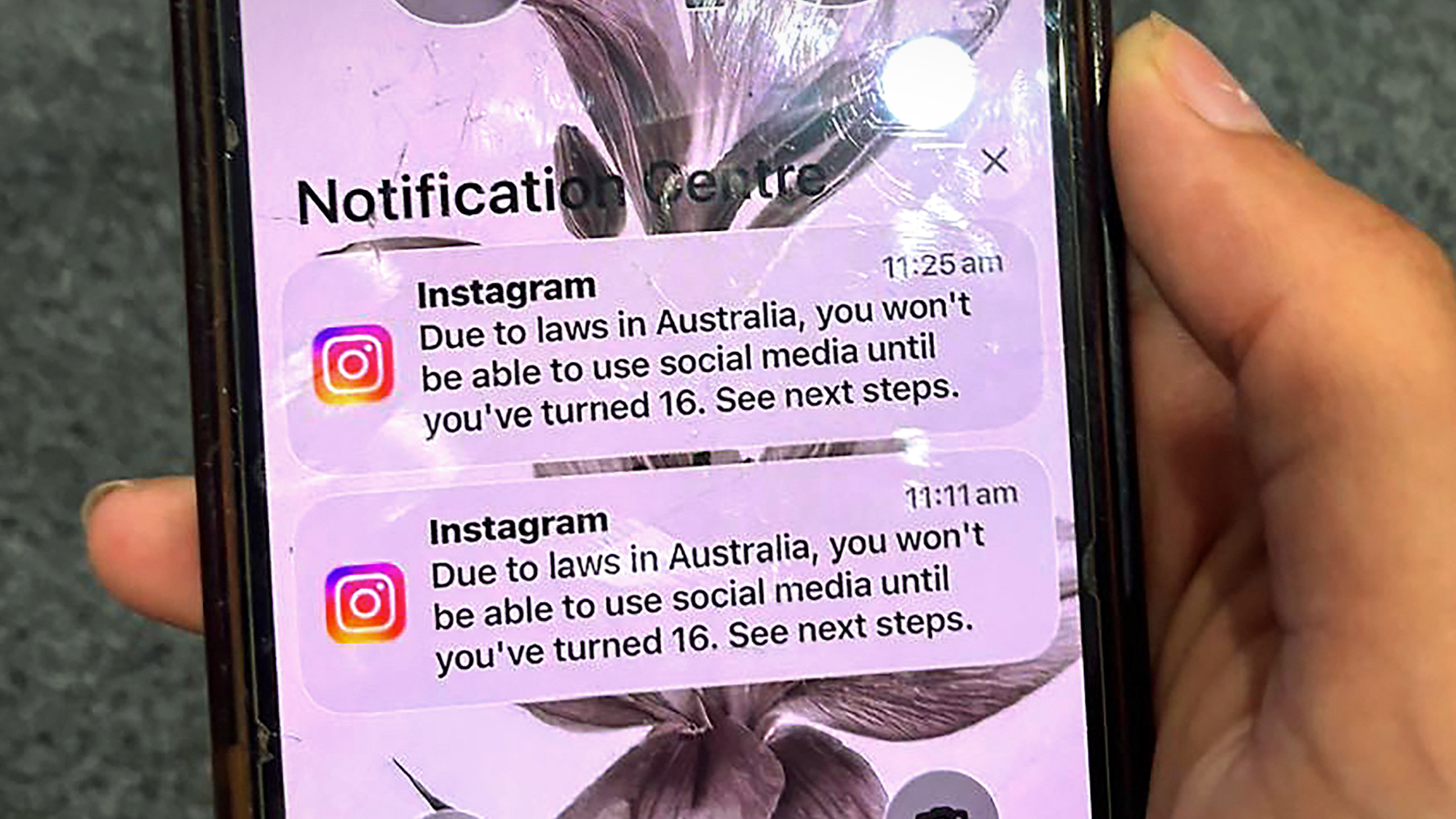 Australia’s teen social media ban takes effect
Australia’s teen social media ban takes effectSpeed Read Kids under age 16 are now barred from platforms including YouTube, TikTok, Instagram, Facebook, Snapchat and Reddit
-
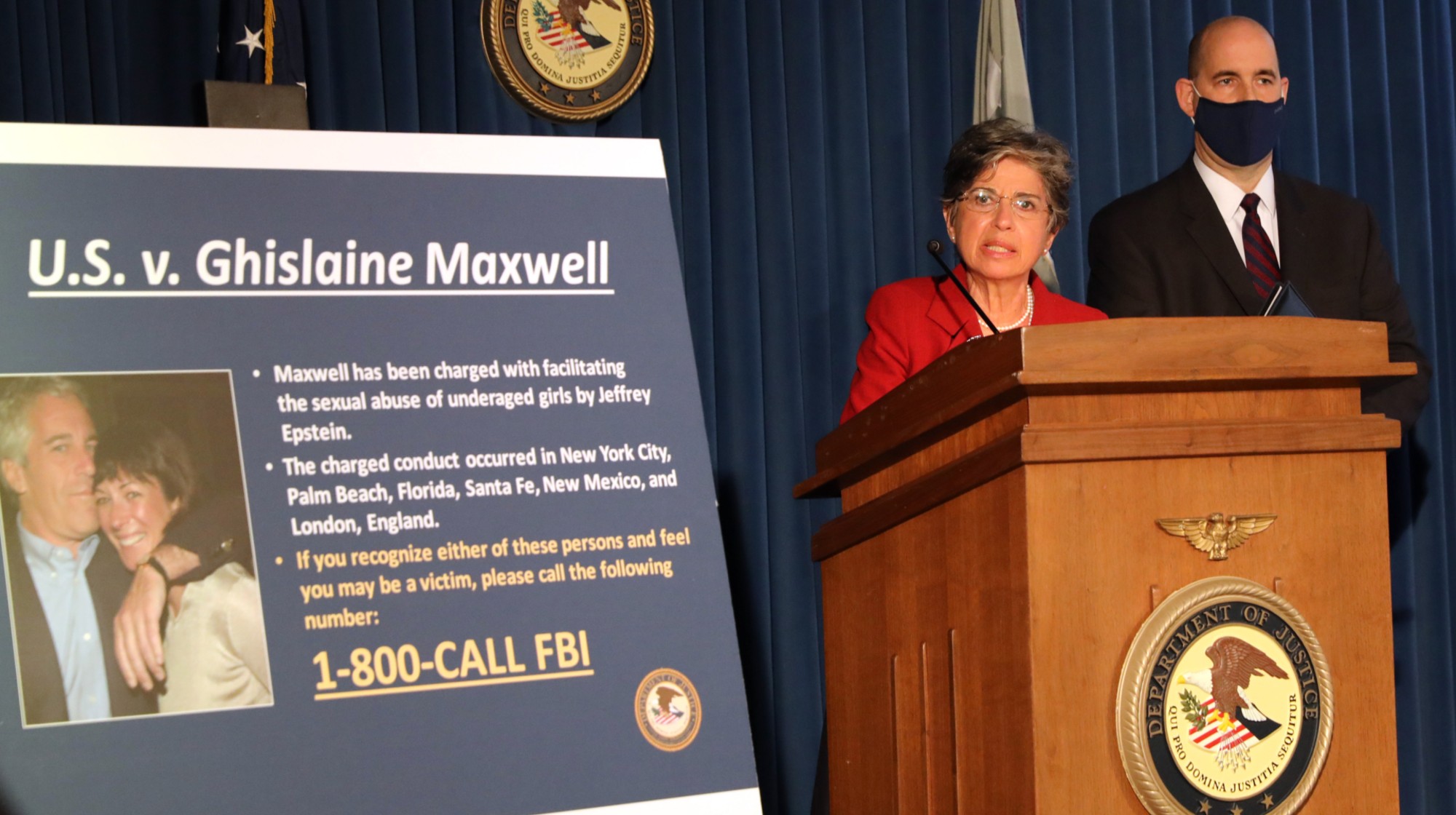 Judge orders release of Ghislaine Maxwell records
Judge orders release of Ghislaine Maxwell recordsSpeed Read The grand jury records from the 2019 prosecution of convicted sex offender Jeffrey Epstein will be made public
-
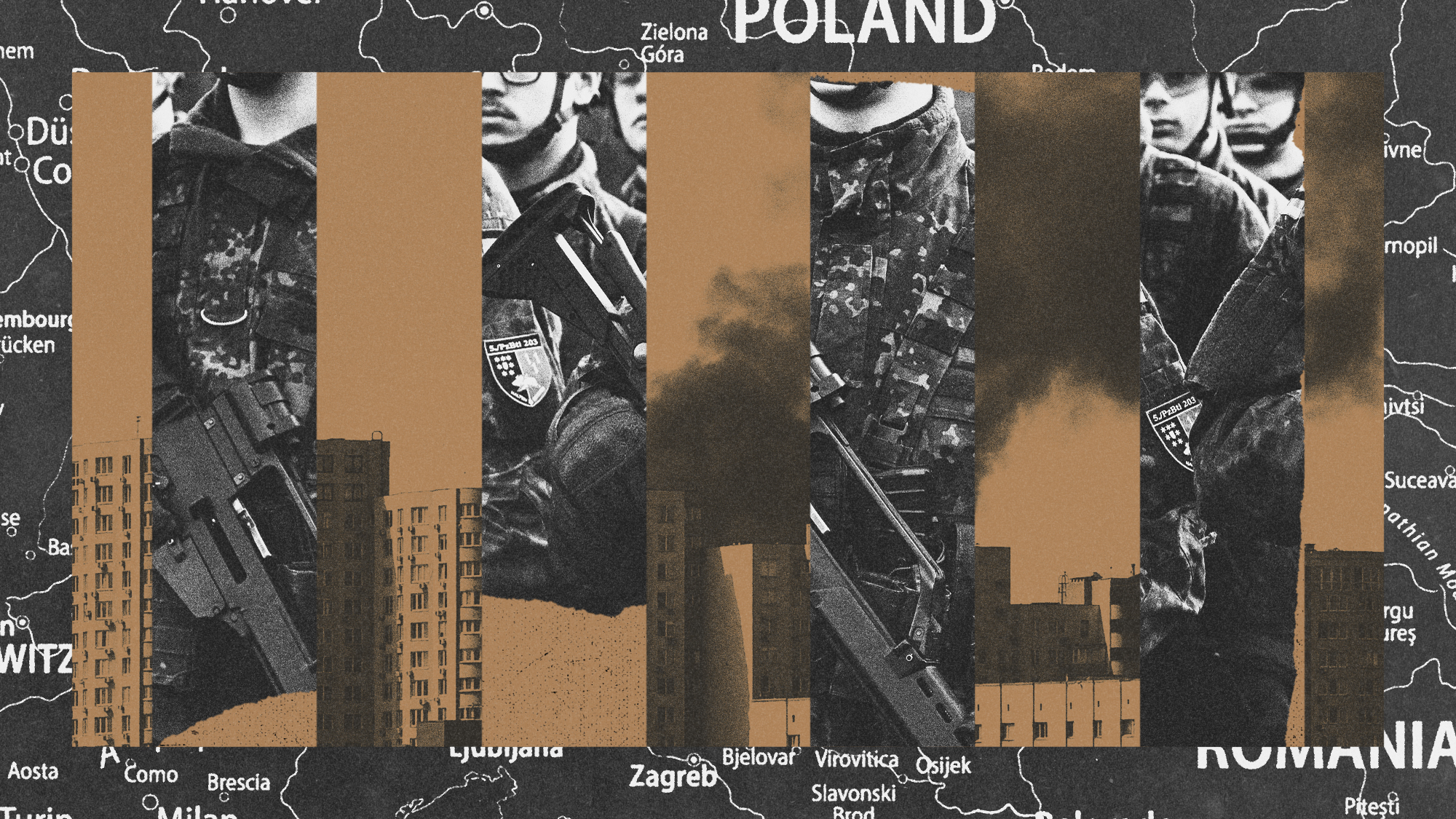 Is conscription the answer to Europe’s security woes?
Is conscription the answer to Europe’s security woes?Today's Big Question How best to boost troop numbers to deal with Russian threat is ‘prompting fierce and soul-searching debates’
-
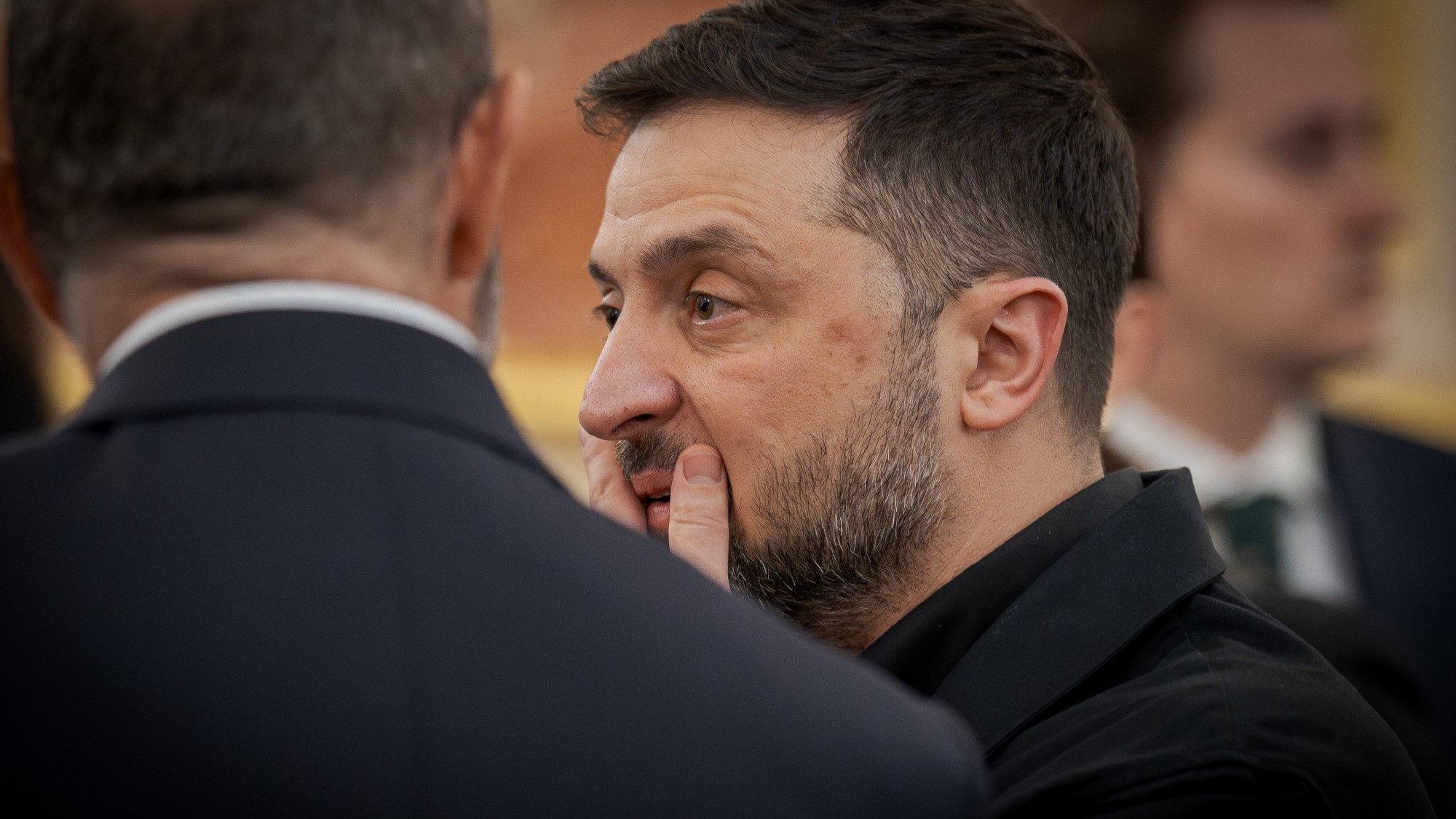 Trump peace deal: an offer Zelenskyy can’t refuse?
Trump peace deal: an offer Zelenskyy can’t refuse?Today’s Big Question ‘Unpalatable’ US plan may strengthen embattled Ukrainian president at home
-
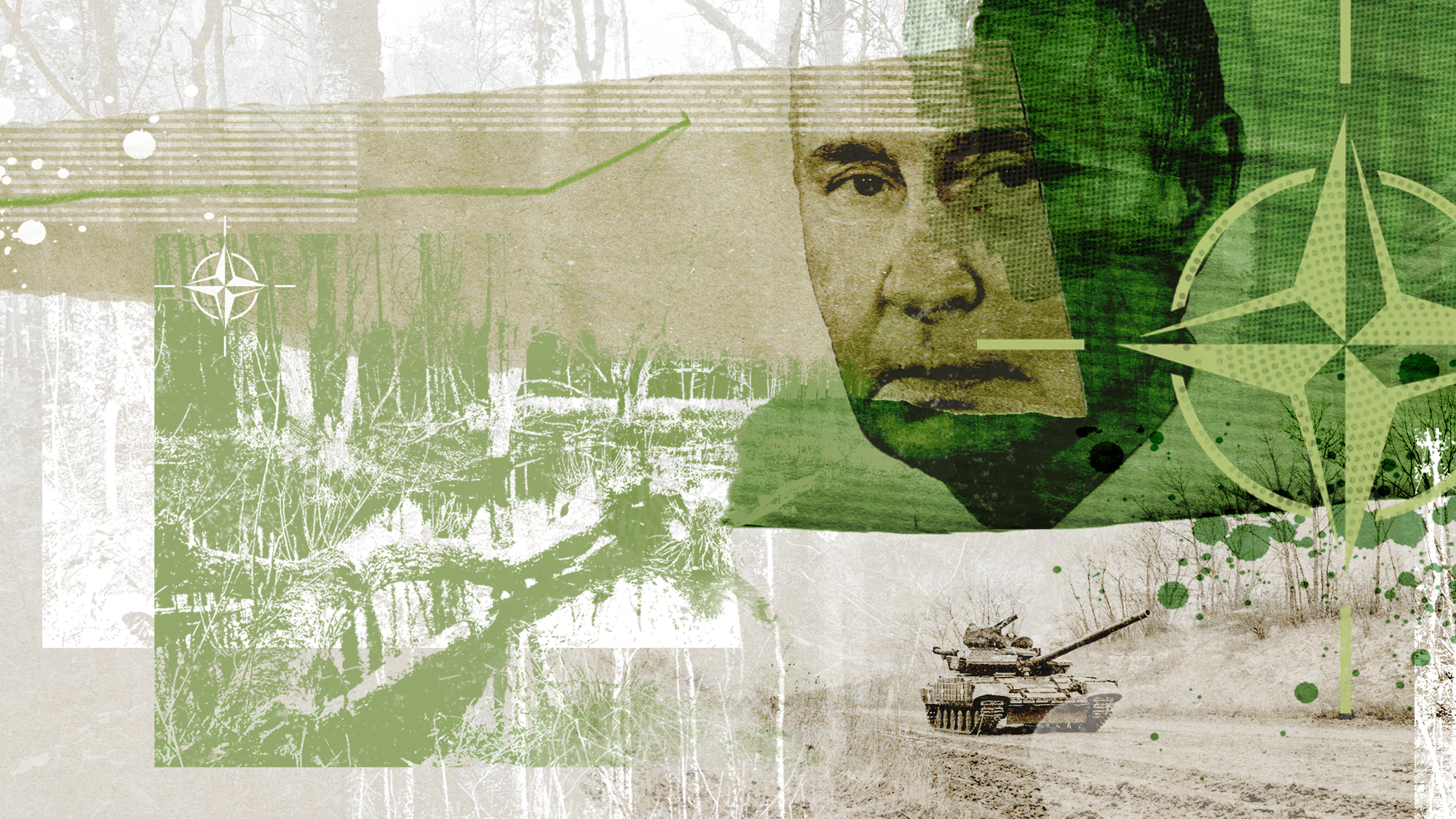 The Baltic ‘bog belt’ plan to protect Europe from Russia
The Baltic ‘bog belt’ plan to protect Europe from RussiaUnder the Radar Reviving lost wetland on Nato’s eastern flank would fuse ‘two European priorities that increasingly compete for attention and funding: defence and climate’
-
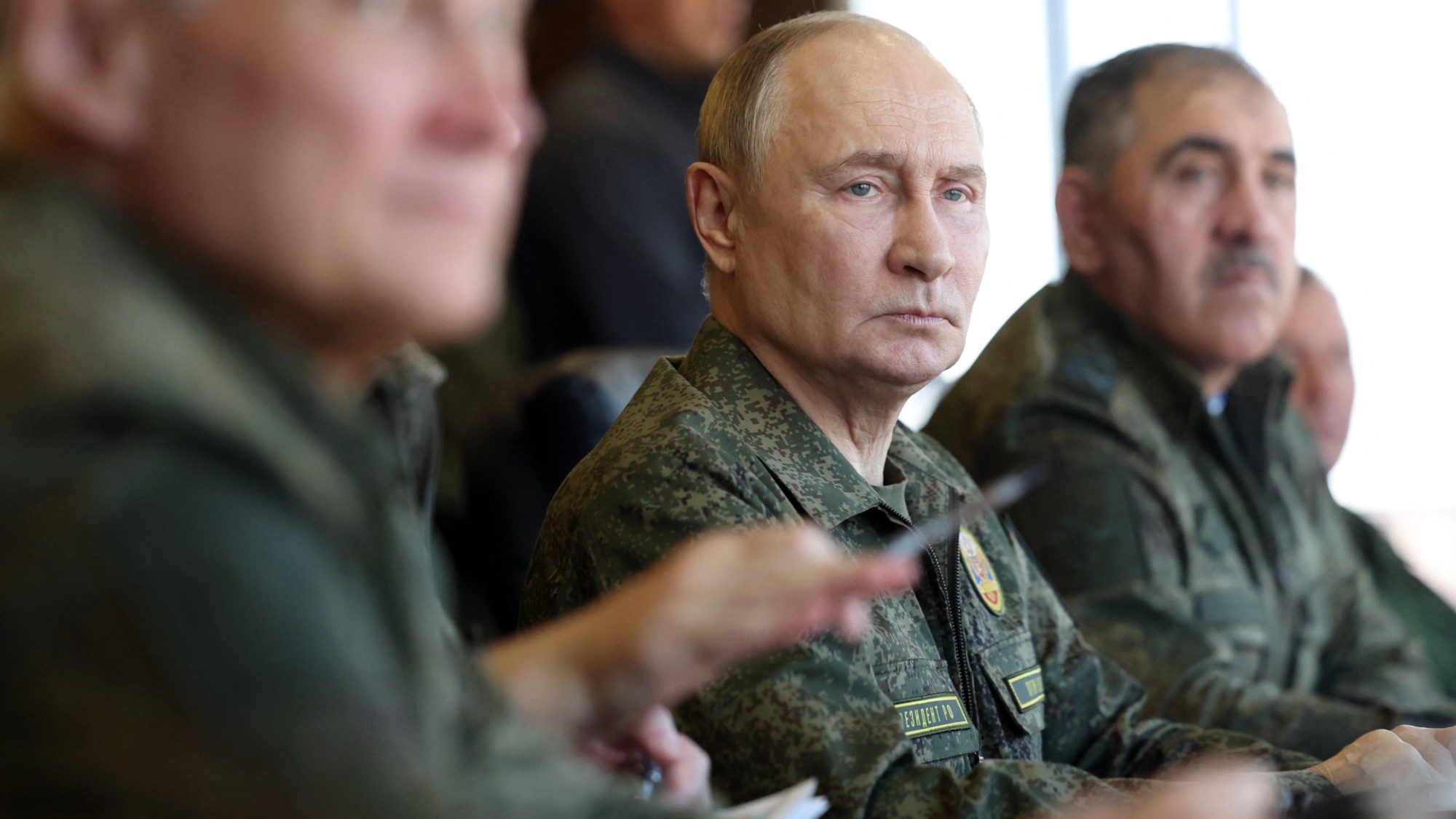 How should Nato respond to Putin’s incursions?
How should Nato respond to Putin’s incursions?Today’s big question Russia has breached Nato airspace regularly this month, and nations are primed to respond
-
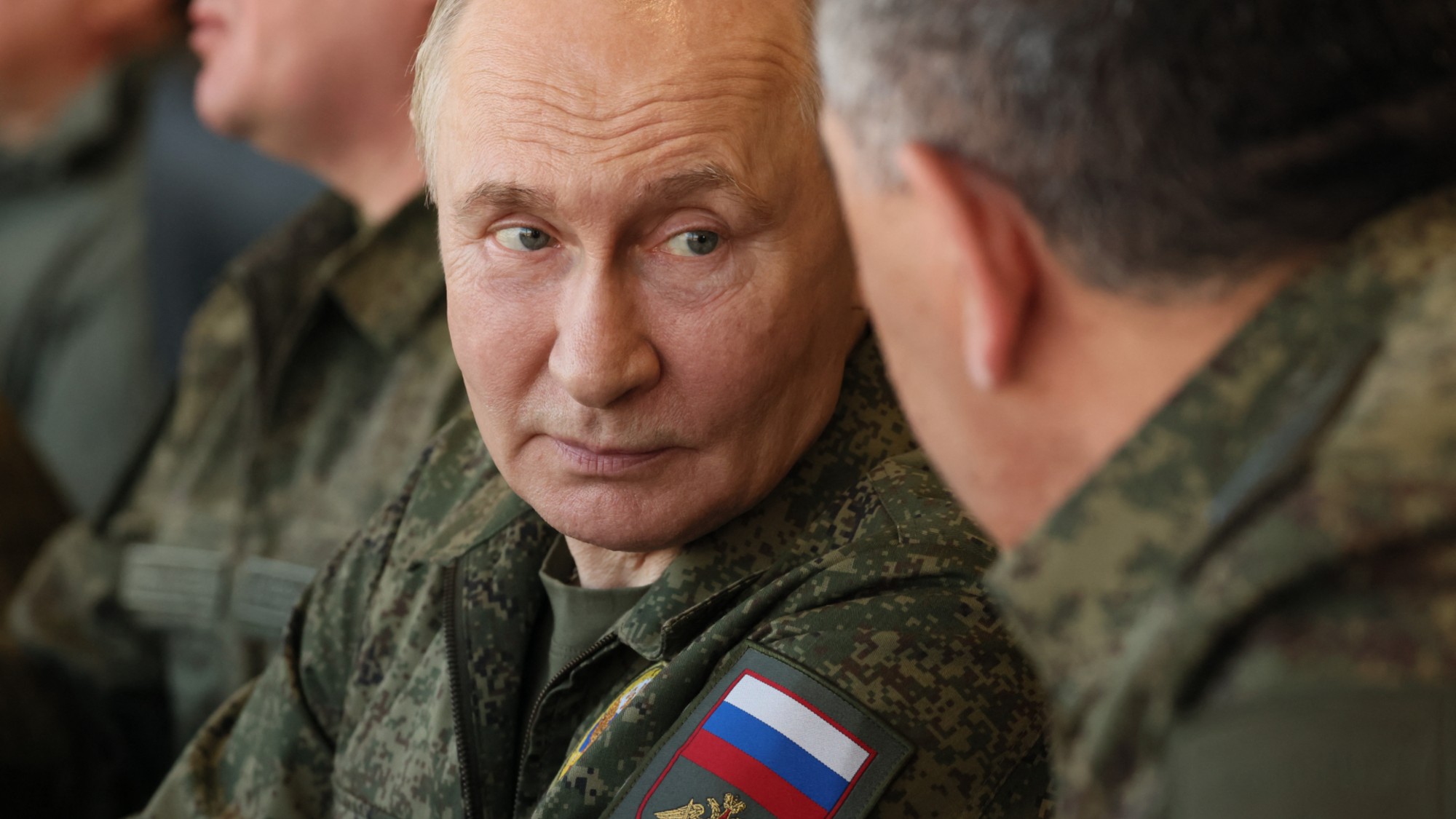 Russia’s war games and the threat to Nato
Russia’s war games and the threat to NatoIn depth Incursion into Poland and Zapad 2025 exercises seen as a test for Europe
-
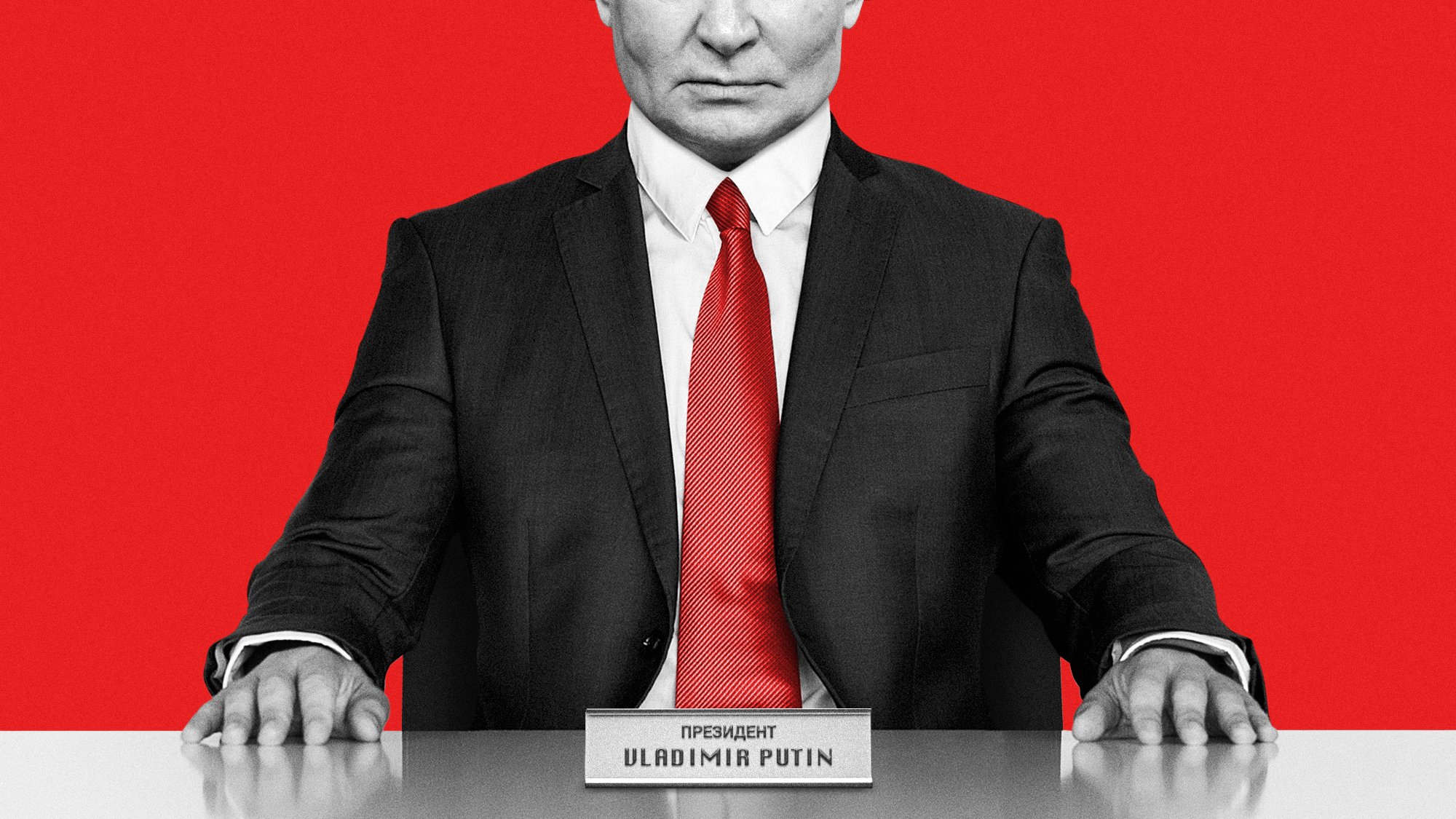 What will bring Vladimir Putin to the negotiating table?
What will bring Vladimir Putin to the negotiating table?Today’s Big Question With diplomatic efforts stalling, the US and EU turn again to sanctions as Russian drone strikes on Poland risk dramatically escalating conflict
-
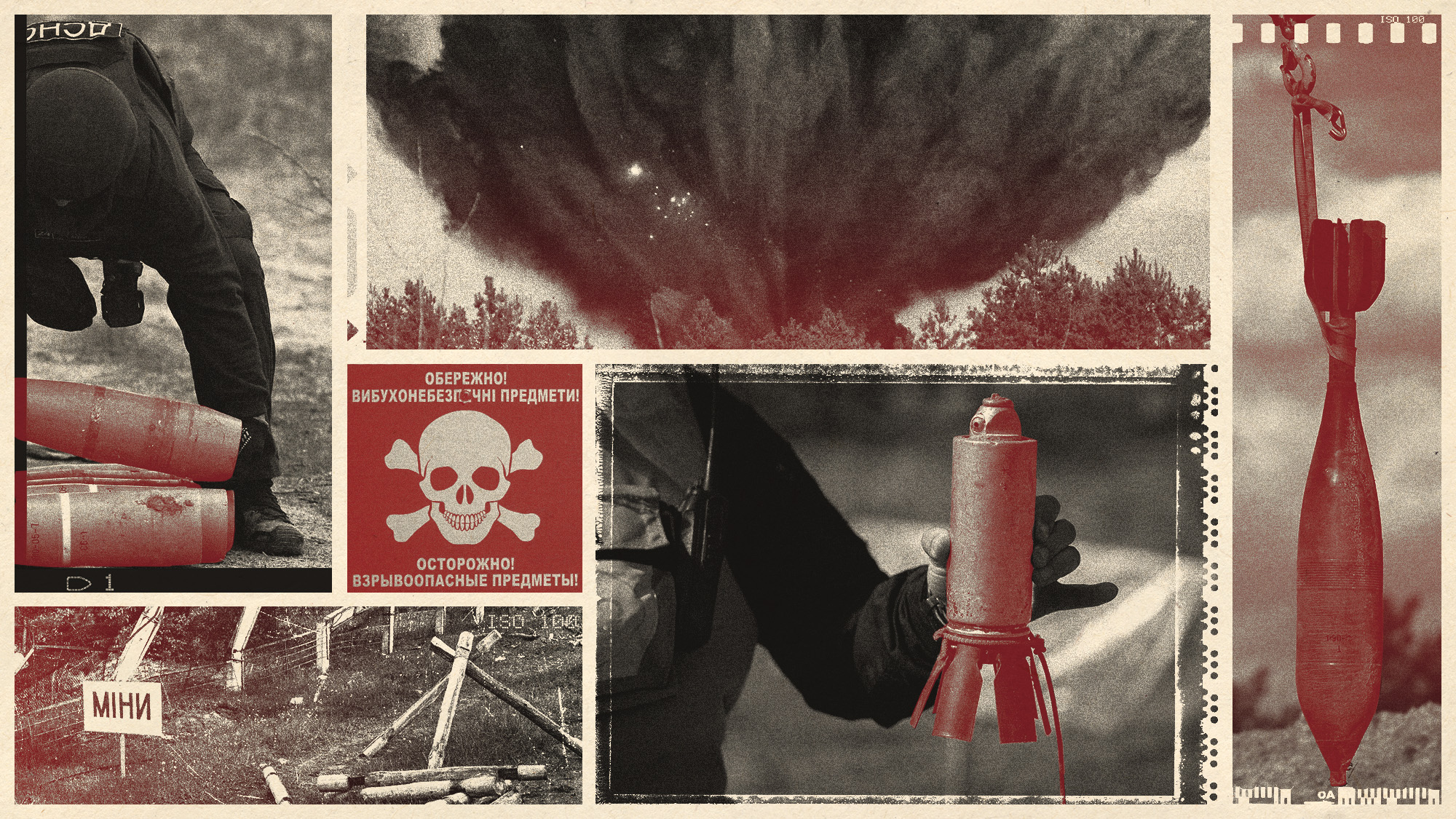 The mission to demine Ukraine
The mission to demine UkraineThe Explainer An estimated quarter of the nation – an area the size of England – is contaminated with landmines and unexploded shells from the war
-
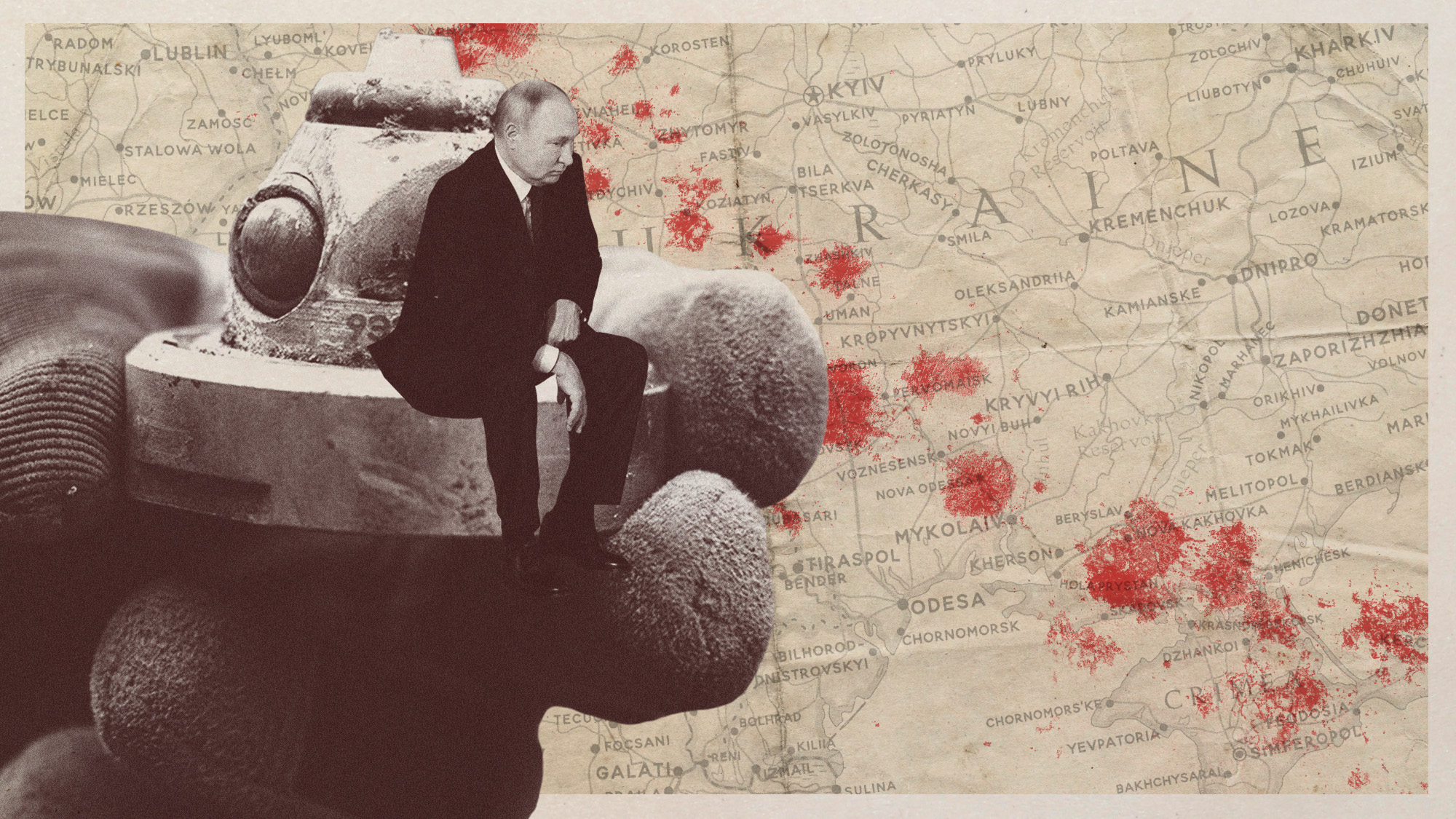 Ottawa Treaty: why are Russia's neighbours leaving anti-landmine agreement?
Ottawa Treaty: why are Russia's neighbours leaving anti-landmine agreement?Today's Big Question Ukraine to follow Poland, Finland, Lithuania, Latvia and Estonia as Nato looks to build a new ‘Iron Curtain' of millions of landmines